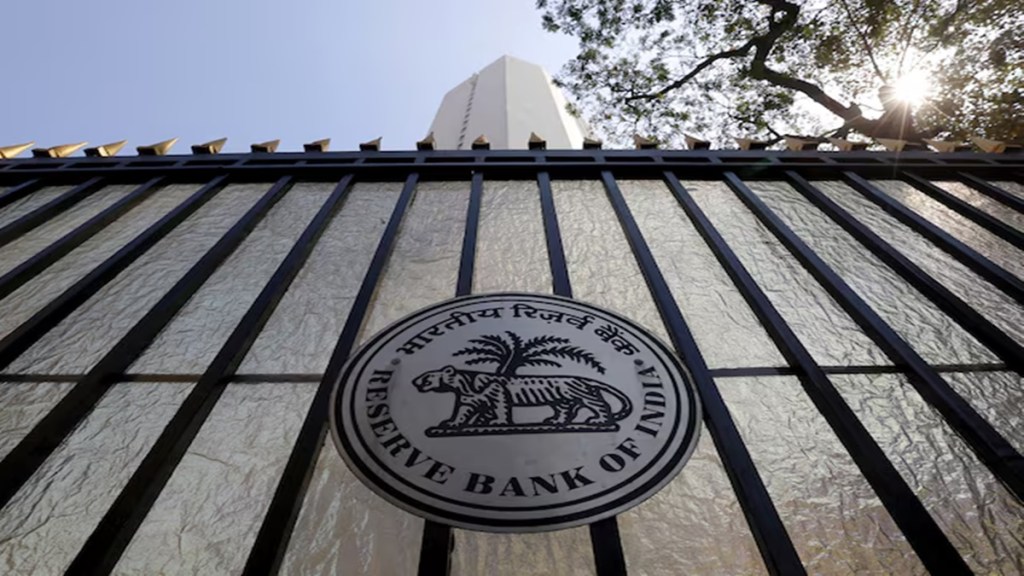G-Sec market participants expect the demand for short-term government securities (G-Secs) to reduce, as there are expectations that the Reserve Bank of India (RBI) may lower the additional run-off factor from 5% to 2-2.5%. The run-off factor is a situation in which banks are supposed to hedge against chances of deposits being withdrawn. It leads to greater requirement for high-quality liquid assets, primarily government bonds.
In July, the RBI had issued draft guidelines for liquidity coverage ratio (LCR), in which it had proposed a higher run-off factor. However, banks have requested the RBI to ease new norms, saying that increased bond investments necessitated by the fresh guidelines would hurt margins and adversely impact lending.
Since then, private banks have stepped up their purchases, especially in securities with maturity of less than seven years. For the better part of July, private banks were on the buying side in the secondary market, according to the data from Clearing Corp of India.
A dealer at a private bank said, “The pace of buying short-term bonds will definitely slow down. If the run-off factor comes down to 2% from 5%, the demand for shorter tenure will fall proportionately, as banks would not need to buy anything above requirements.”
If the RBI agrees to the request, demand for bonds may fall from an anticipated Rs 4 trillion to around Rs 2 trillion.
The central bank had sought feedback from banks by the end of August on the draft guidelines to tweak the LCR norms. As per draft norms, banks would require to assign a higher run-off factor of 10% on retail deposits made via internet and mobile banking, from 5% at present. This would translate into banks maintaining higher proportion of high-quality liquid assets, which are mostly shorter-tenure government securities. Currently, banks need to maintain a 100% LCR.
Further, despite the near-certainty of the US Fed cutting rates in September, the rate-cut view back home remains divided. This has also weighed on the demand for short-term securities. A majority of experts expects the RBI MPC to cut rate in February-March, while some see a quicker action in December, dealers said.
As India’s economic growth remains strong, market participants don’t see the RBI going for a rate cut as early as December. “Rate-cut view is highly divided in India, and therefore, I don’t see any sharp increase in demand for shorter tenure. With LCR norms, if it is 2-2.5% of run-off factor, there will be no additional buying because banks have already raised so much,” said another dealer.
With the liquidity in the banking system remaining tight, lenders find it difficult to invest in shorter-tenure government securities. So, if the central bank wants to introduce new LCR norms, it should first infuse a large quantum liquidity in the banking system, dealers said.

